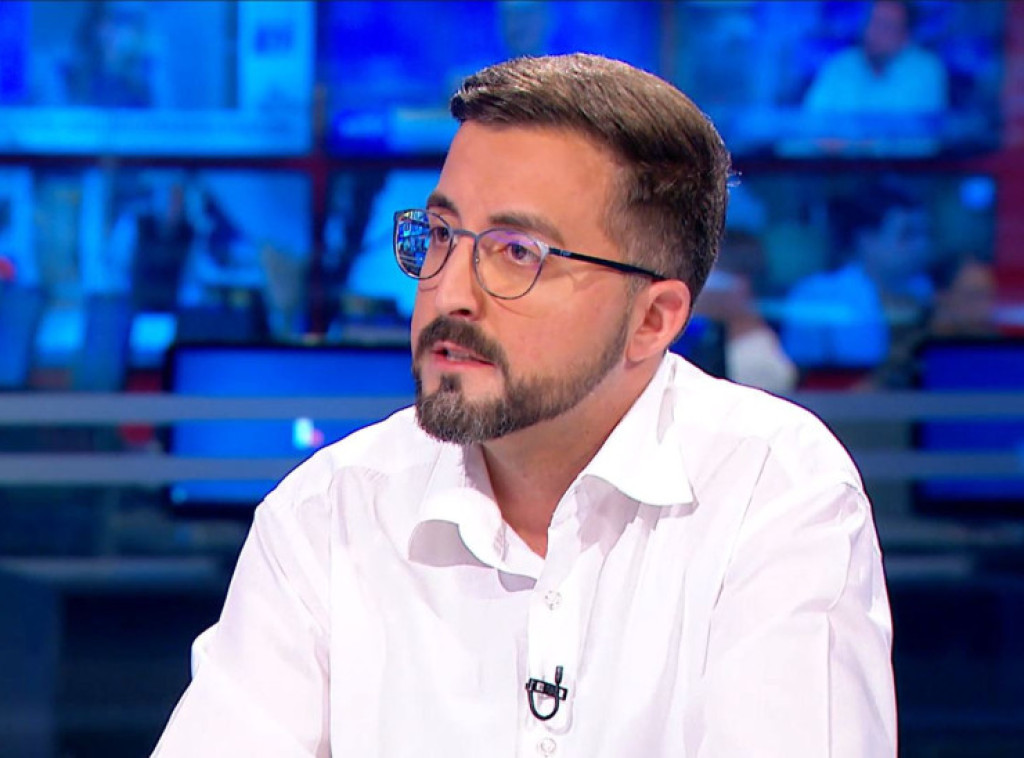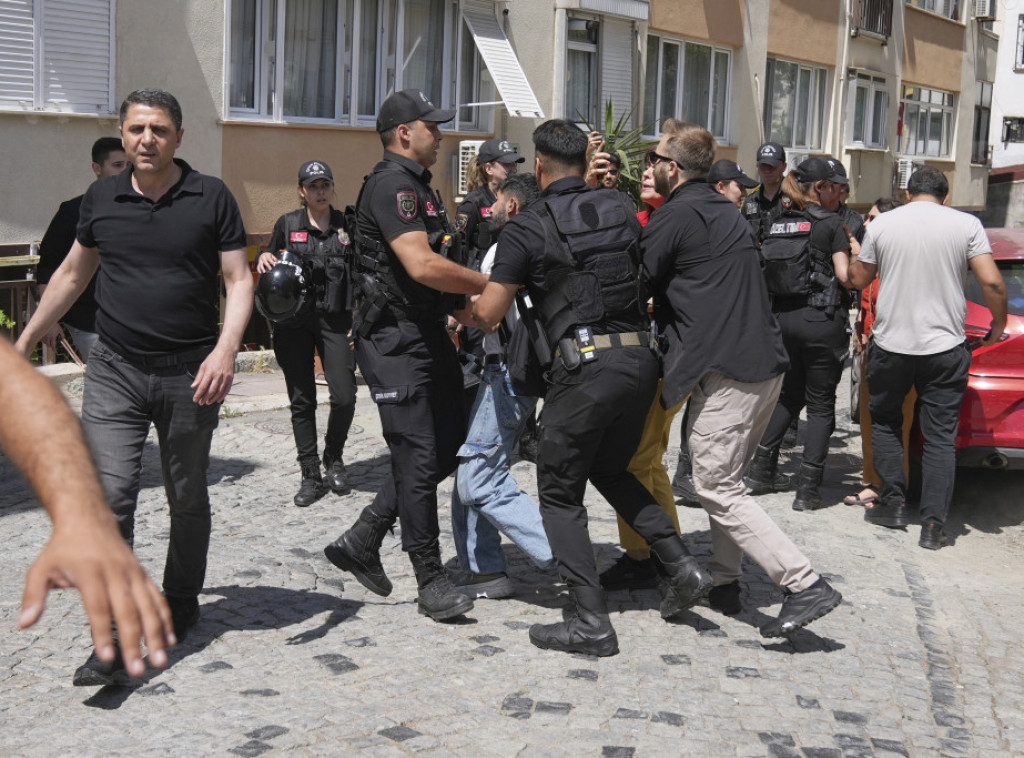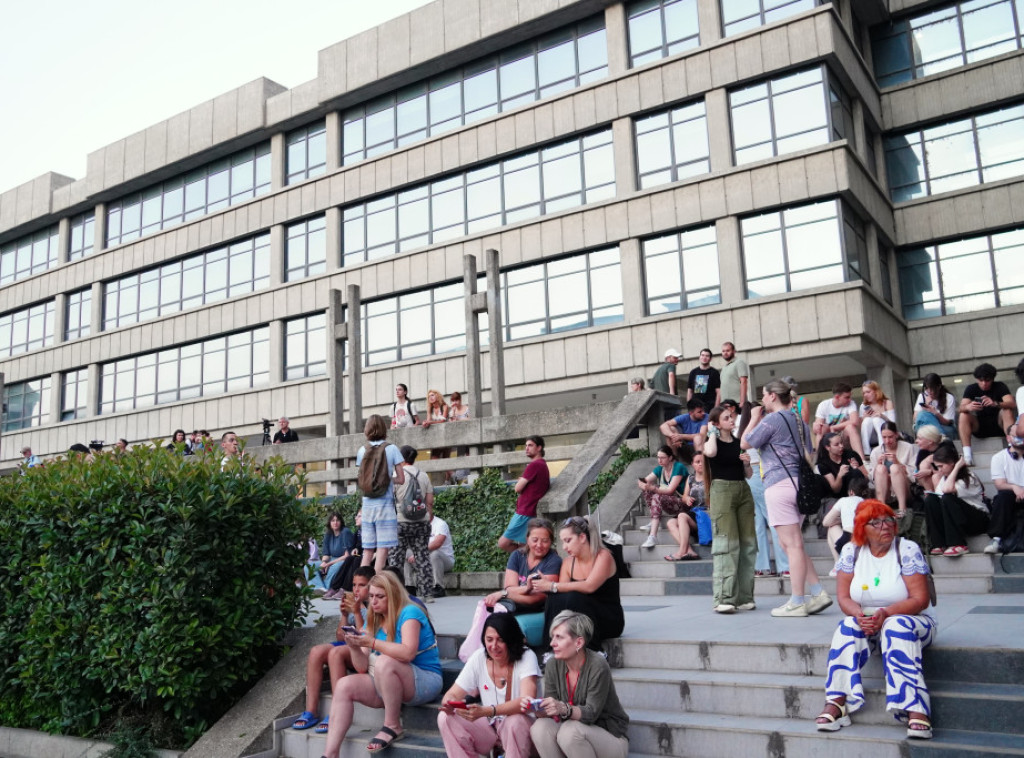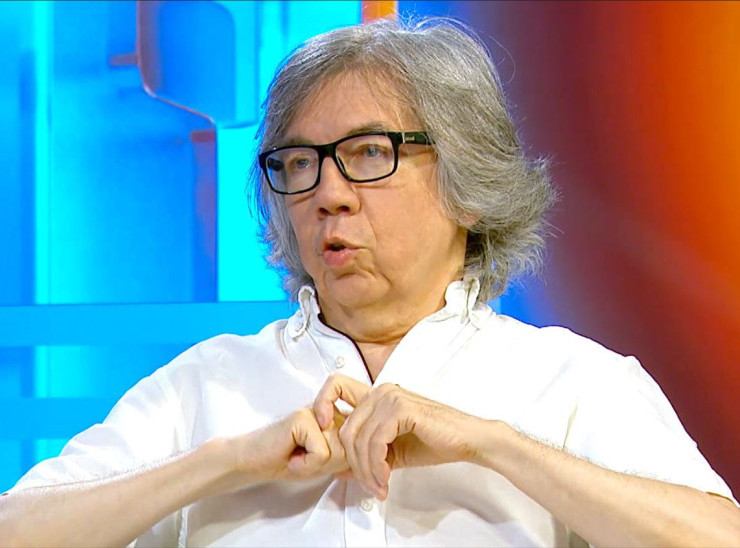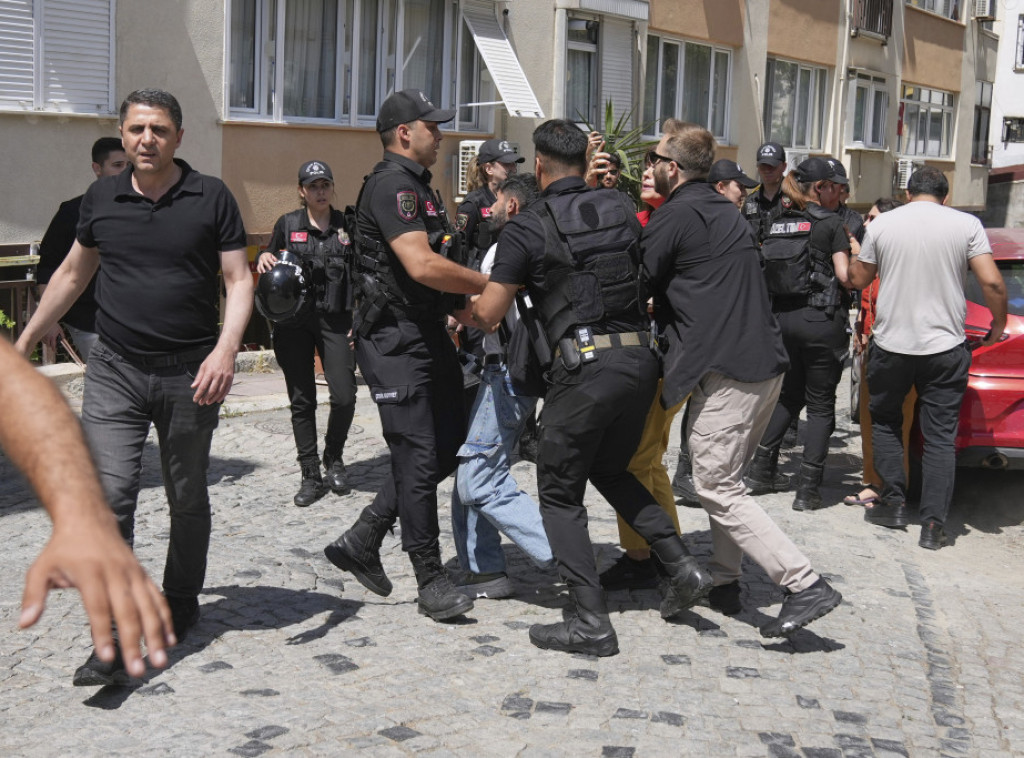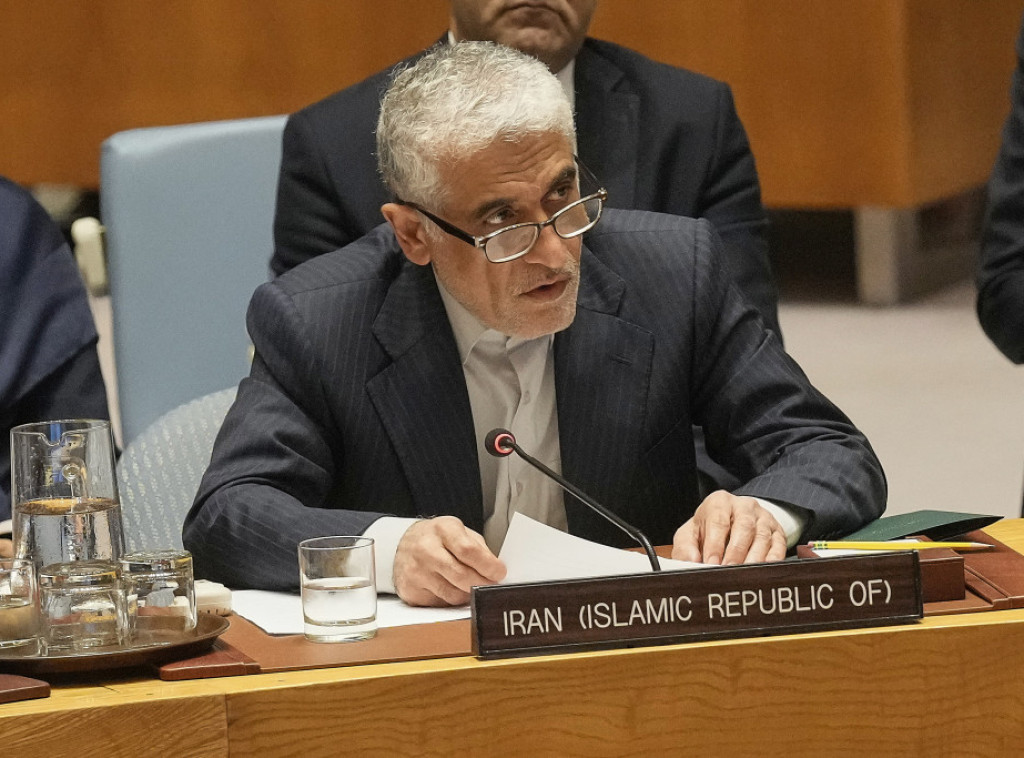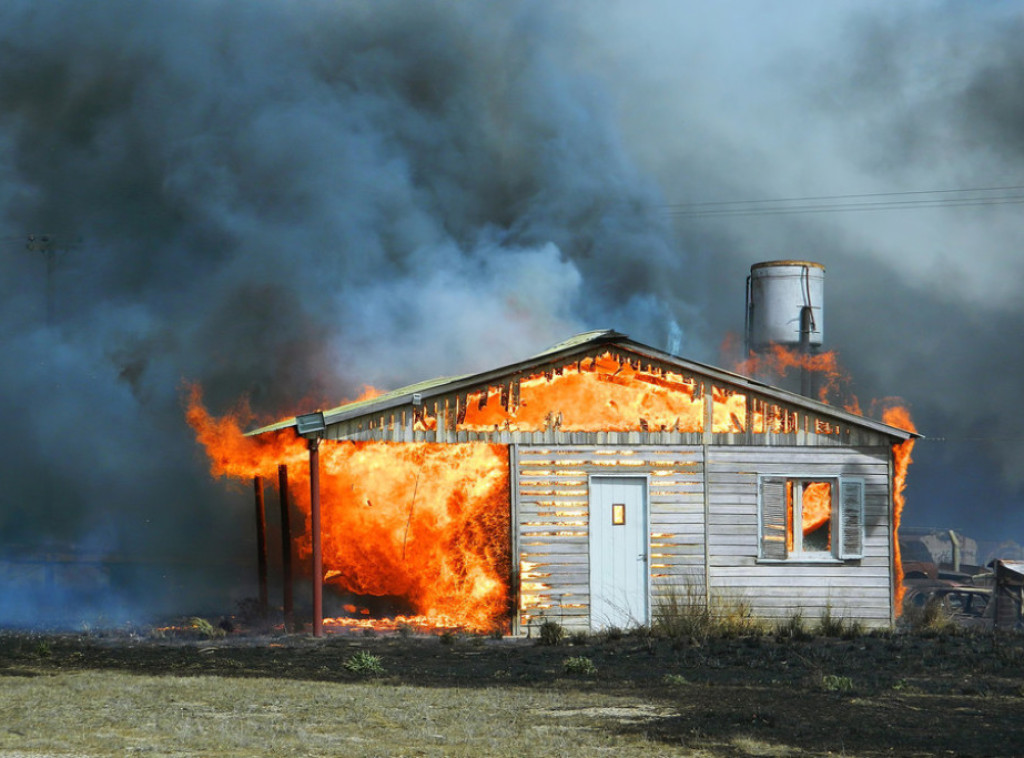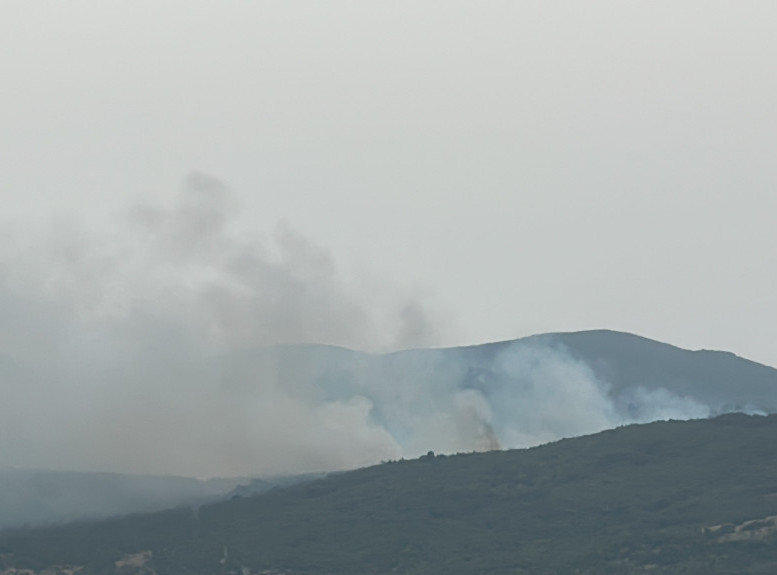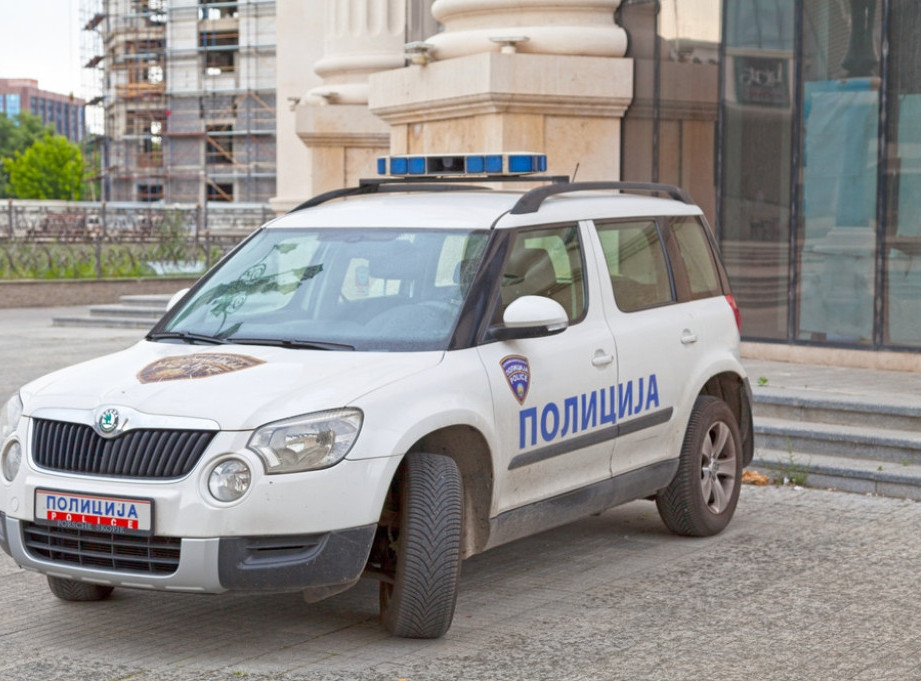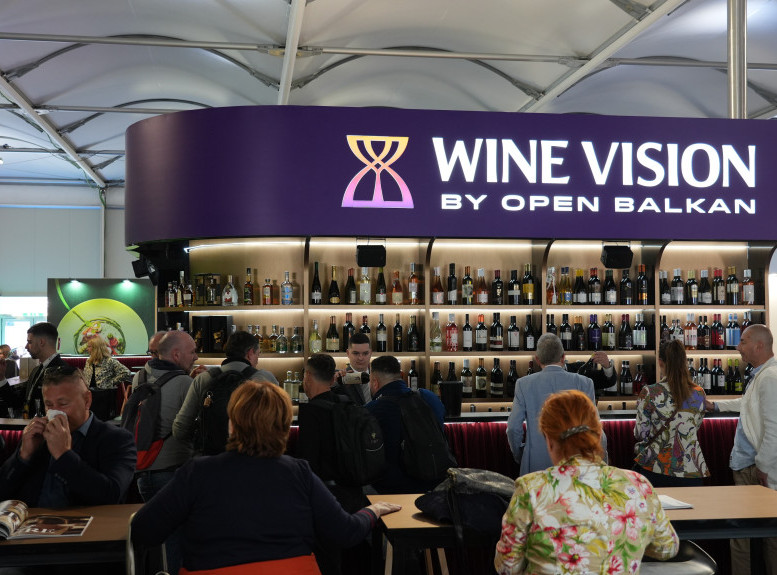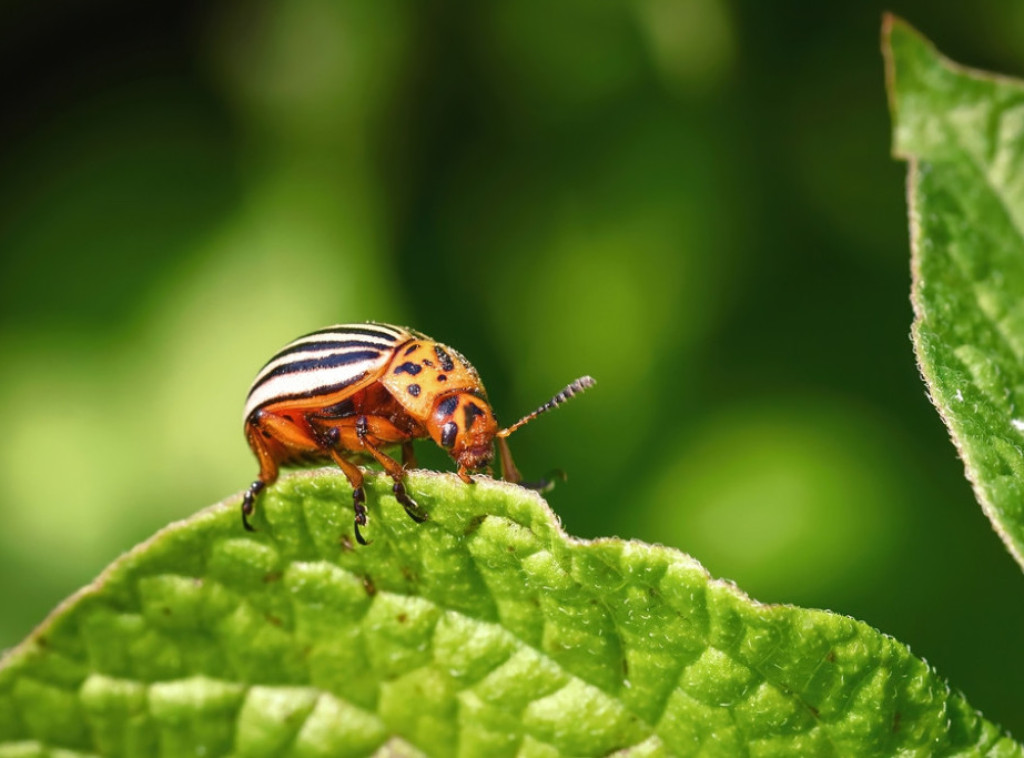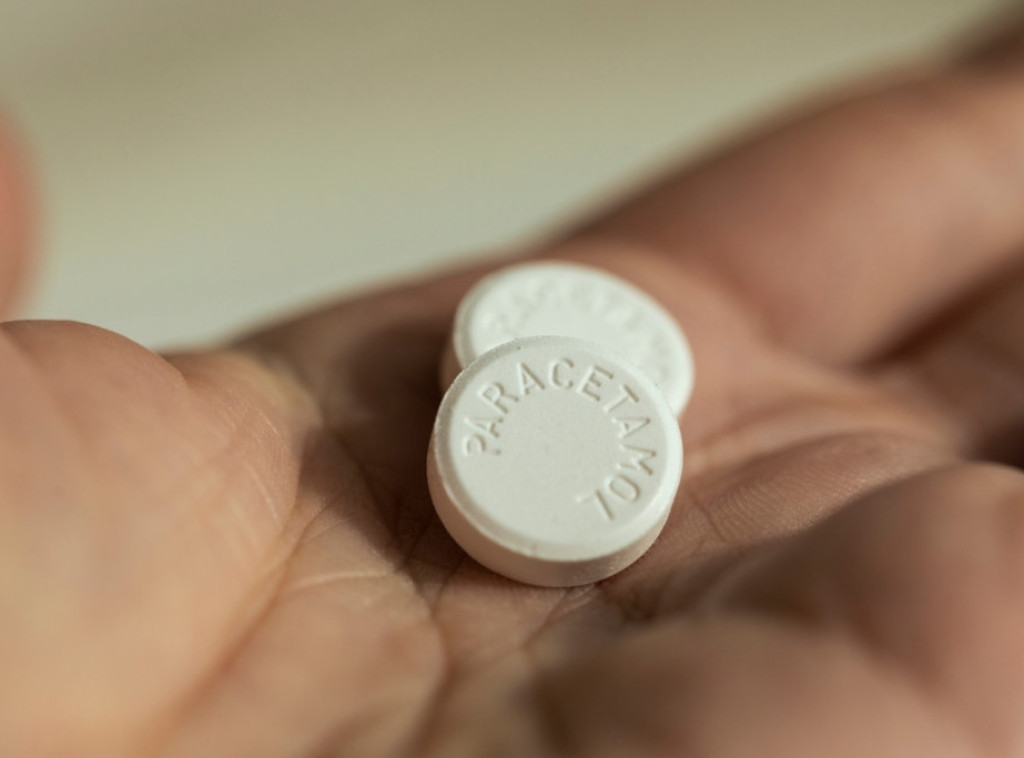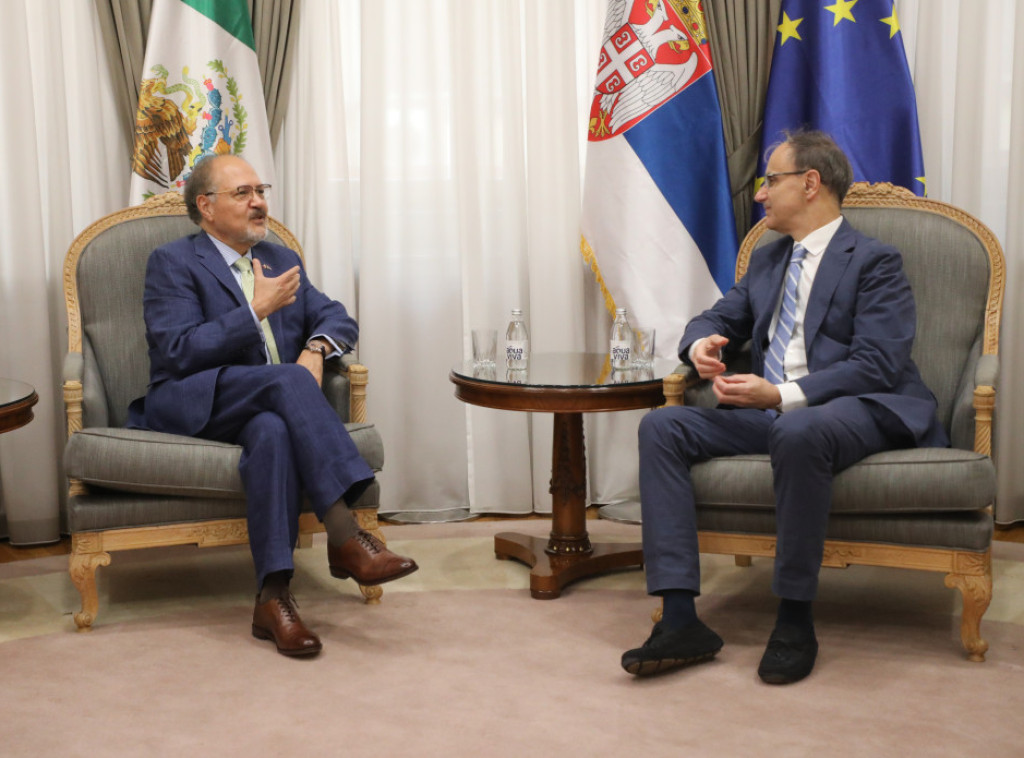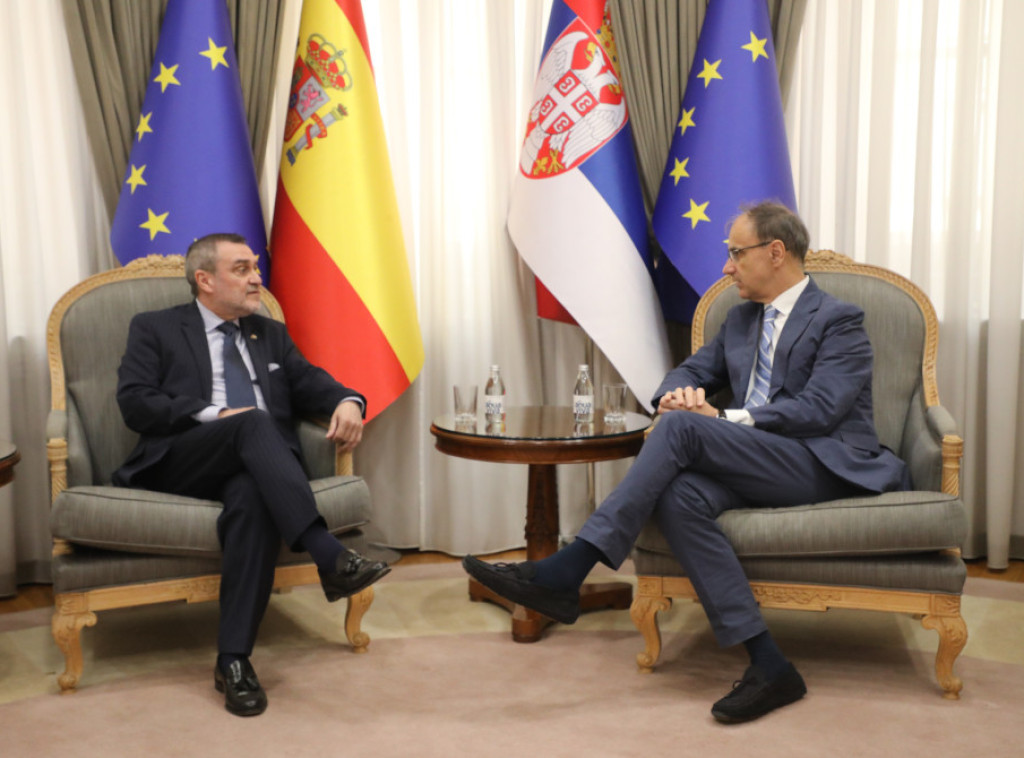State Secretary Marija Gnjatović and the Forage Crops Institute: Agricultural Revolution or Just Another Story?
Have you ever heard of the Forage Crops Institute in Kruševac? No? Well, maybe it’s time to pay attention because things might be happening there that could change agriculture in Serbia — or so they say. The State Secretary of the Ministry of Science, Technological Development and Innovation, Marija Gnjatović, recently visited this institute, and it wasn’t just a casual visit. No, Ms. Gnjatović came to get acquainted with the work, results, and, of course, the challenges the institute faces.
What’s going on in Kruševac?
The institute currently employs 34 people, 17 of whom are researchers. Although it operates under its current name for only a few years, the institution has a tradition spanning decades in the development of Serbian agriculture. During a meeting with the institute’s leadership, Gnjatović emphasized the importance of exchanging experiences and launching new initiatives in science and innovation. She particularly highlighted the significance of international cooperation, especially within the framework of the Chinese “Belt and Road” initiative.
China and Serbia — an agricultural dream team?
Yes, you read that right. They are considering cooperation possibilities with Chinese scientific institutions, especially in applying modern agricultural methods. The goal? Tackling global challenges that affect us all. While the world struggles with climate change and food shortages, our experts in Kruševac plan to connect with the Far East to improve domestic agriculture.
Young researchers — the future or a forgotten resource?
One of the discussion topics was greater involvement of young researchers in scientific work. There are various ministry programs aimed at supporting this, as well as opportunities for institute researchers to visit Chinese institutes through Serbia’s young talent mobility exchange program. But is that enough? Gnjatović also pointed out the lag in technology transfer and intellectual property protection in agricultural institutes compared to other scientific fields. So, it’s not all sunshine and rainbows.
Innovation incubators and technology transfer — salvation or just another bureaucratic tale?
They agreed to form a joint team of researchers from multiple institutes to apply for projects establishing innovation incubators and technology transfer offices. The idea is for all project participants to benefit, but will it really take off or remain just on paper? The institute’s director, Dr. Dejan Sokolović, proudly noted that the institute received the Vidovdan Plaque, an award from the city of Kruševac for long-term contribution. He also presented the institute’s work results, available technologies, and development directions for the near future.
The bottom line?
It all sounds like a great story about science, innovation, and international cooperation. But will anything really change? Will young researchers get a chance to prove themselves? Will Serbia catch up with the world in agricultural innovation? Or will it all remain just pretty words and promises?
If you have an opinion or know someone working in agriculture with a different story, drop a comment below. Let the people’s voice be heard because agriculture isn’t just for experts — it concerns us all!
This isn’t just another visit and conference. It’s a chance for Serbia to show it can be a serious player in science and agriculture. Or stay in the shadows. Who knows?























